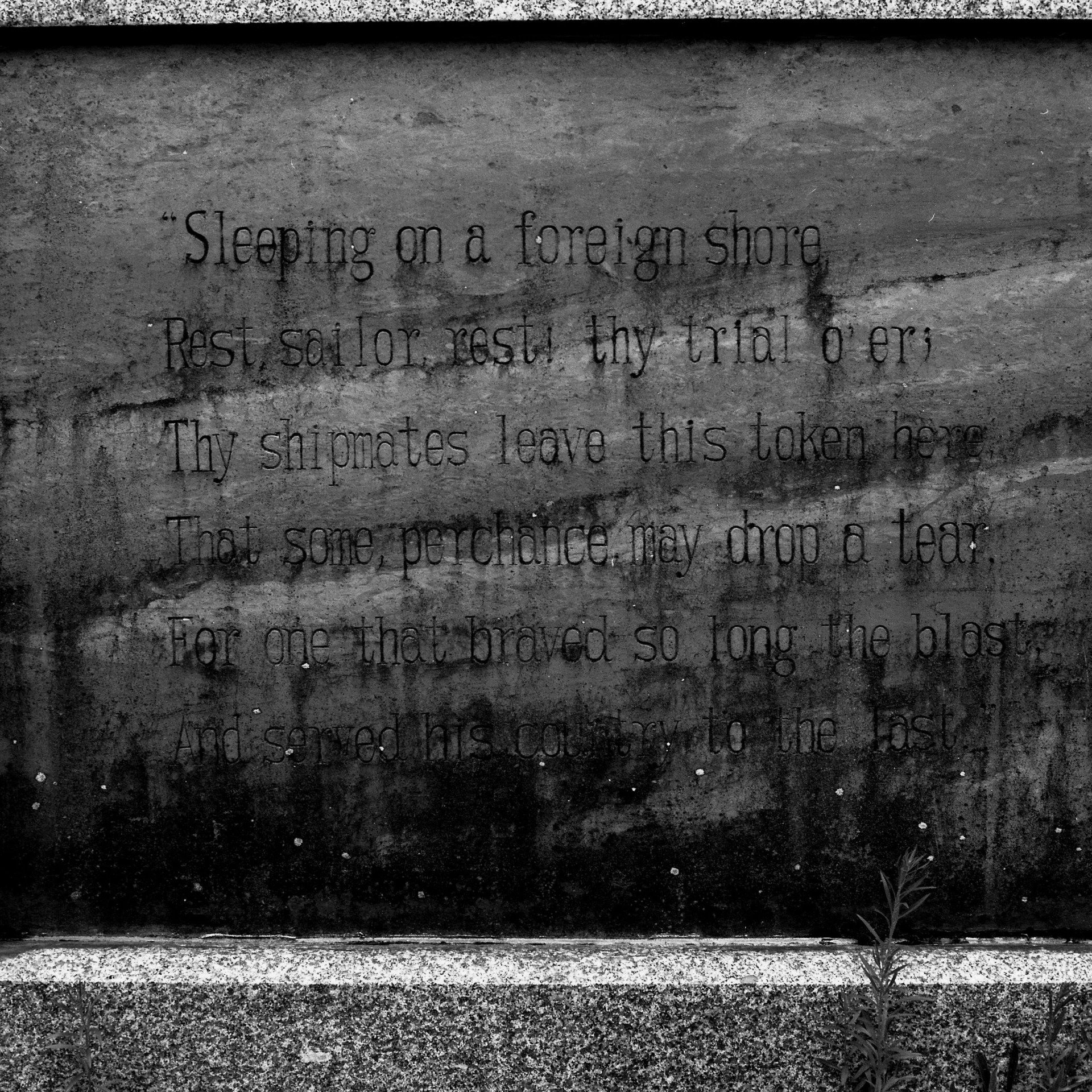YOKONIHANA(横に花)
2017
The 230-year-long isolationist period of the Tokugawa Bakufu(德川幕府) finally came to an end, marked by the "Ansei(安政) Reforms" that opened Japan's doors to foreign countries, symbolizing the dawn of a new era for Japan. Five cities that were opened during this period, Yokohama(横浜), Kobe(神戸), Niigata(新潟), Hakodate(函館), and Nagasaki(長崎), became windows for introducing foreign civilization, and with the development of exoticism, Western-style streets, hotels, churches, and mansions became symbols of fashionable culture, bringing great influence to Japan's history and culture.
More than a century later, these exotic atmospheres have become the thriving tourism industry of port cities. However, the foreign cemeteries with traces of time by the seaside have been largely ignored. Walking through these cemeteries, one's mind wanders, wondering how these ports developed during that era, what kind of people existed in Japan during that time, and what those buried there did and why they came to Japan. These graveyards could serve as monuments to the history and social development of the cities.


































